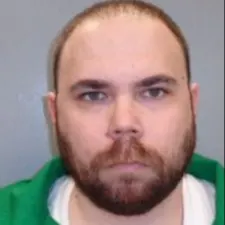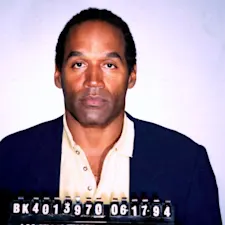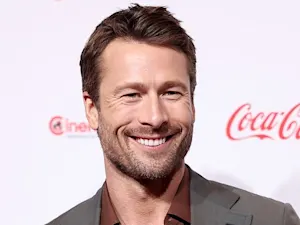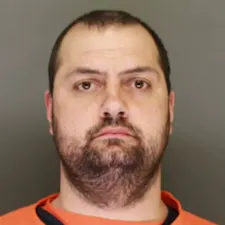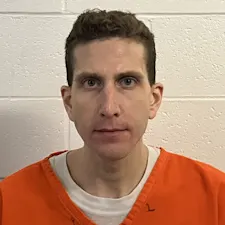
8 Jaw-Dropping Facts About Dr. Death
The story of Dr. Christopher Duntsch, infamously known as Dr. Death, is one of the most unsettling tales of medical malpractice in recent history. Despite his impressive credentials, Duntsch's career in the Dallas-Fort Worth Metroplex in the early 2010s was plagued by drug abuse, incompetence, and a shocking disregard for patient safety. Join us as we uncover eight chilling facts about Dr. Death, detailing how systemic failures allowed him to continue practicing even as his actions left a devastating impact on dozens of patients.
1. Duntsch paralyzed his best friend.
Christopher Duntsch, infamously known as Dr. Death, showed his horrific medical incompetence early on when he operated on his close friend, Jerry Summers. Summers went under the knife expecting relief from chronic pain, but instead, Duntsch's botched surgery left him paralyzed. This tragic incident marked the beginning of a series of devastating outcomes for Duntsch's patients, revealing the dangerous reality behind his medical practice.
2. He severed a major artery, causing a patient's death.
One of the most egregious cases involved Kelli Martin. During what was supposed to be a routine surgery, Duntsch severed a major artery, leading to fatal blood loss. This incident highlighted not just his incompetence but also his gross negligence, as such a mistake is considered a "never event" in surgery — something that should never happen.
3. He had a history of drug use on the job.
Duntsch's professional life was plagued by substance abuse, which he managed to conceal for a long time. During his residency at the University of Tennessee, he was accused of using drugs on the job. An anonymous complaint led to a drug test request, which he refused, resulting in his enrollment in a program for impaired physicians. Despite these alarming signs, he continued his medical training and eventually became a licensed surgeon, exposing patients to significant risk.
4. He had minimal surgical experience despite impressive credentials.
Despite graduating with an M.D. and Ph.D. and having impressive credentials on paper, Duntsch completed far fewer surgeries than required during his residency. While a typical neurosurgery resident completes about 1,000 operations, Duntsch finished fewer than 100. This lack of hands-on experience contributed to his disastrous surgical outcomes, as he lacked the necessary skills and expertise.

5. Systemic failures allowed him to continue practicing.
The medical oversight system failed to stop Duntsch's dangerous practices promptly. After resigning from Baylor Regional Medical Center without a formal termination, his record remained clean, allowing him to secure positions at other hospitals. This oversight enabled him to continue harming patients, as his previous malpractice was not adequately reported or investigated.
6. Thiry-one of his thirty-eight patients were maimed or killed.
Duntsch's trail of destruction is staggering. Out of the 38 patients he operated on, 31 were left maimed, paralyzed, seriously injured, or dead. This appalling statistic highlights the extent of his incompetence and the profound impact of his actions on his patients' lives. Many of these patients went in for routine surgeries expecting relief, only to wake up to a lifetime of pain and disability.
7. A chilling email revealed his dark intentions.
During his 2017 trial, a disturbing email Duntsch sent to his former assistant, Kimberly Morgan, was presented as evidence. In the email, he wrote, "I am ready to leave the love and kindness and goodness and patience that I mix with everything else that I am and become a cold-blooded killer," according to USA Network. This chilling message highlighted his malevolent intentions and painted a dark picture of a man who was fully aware of the harm he was inflicting.
8. He was sentenced to life in prison for his atrocities.
In 2017, Duntsch was found guilty of injury to an elderly person in relation to Mary Efurd's injuries and was sentenced to life in prison. His conviction brought some justice to his numerous victims and their families, ensuring that he could no longer harm anyone else. This landmark case also served as a wake-up call for the medical community, emphasizing the need for more oversight and accountability.
The case of Dr. Death is a chilling reminder of the potential for catastrophic outcomes when systemic failures in medical oversight occur. His actions left a trail of suffering and highlighted the urgent need for reforms to prevent such tragedies. It underscores the importance of rigorous checks, accountability, and a robust system to protect patients from similar horrors in the future.
References: Here's The True Story Of 'Dr. Death' — A Man Who Injured And Maimed His Patients | Peacock's Dr. Death Is Based on A Chilling True Crime Podcast About a Murderous Surgeon. Here’s What to Know







